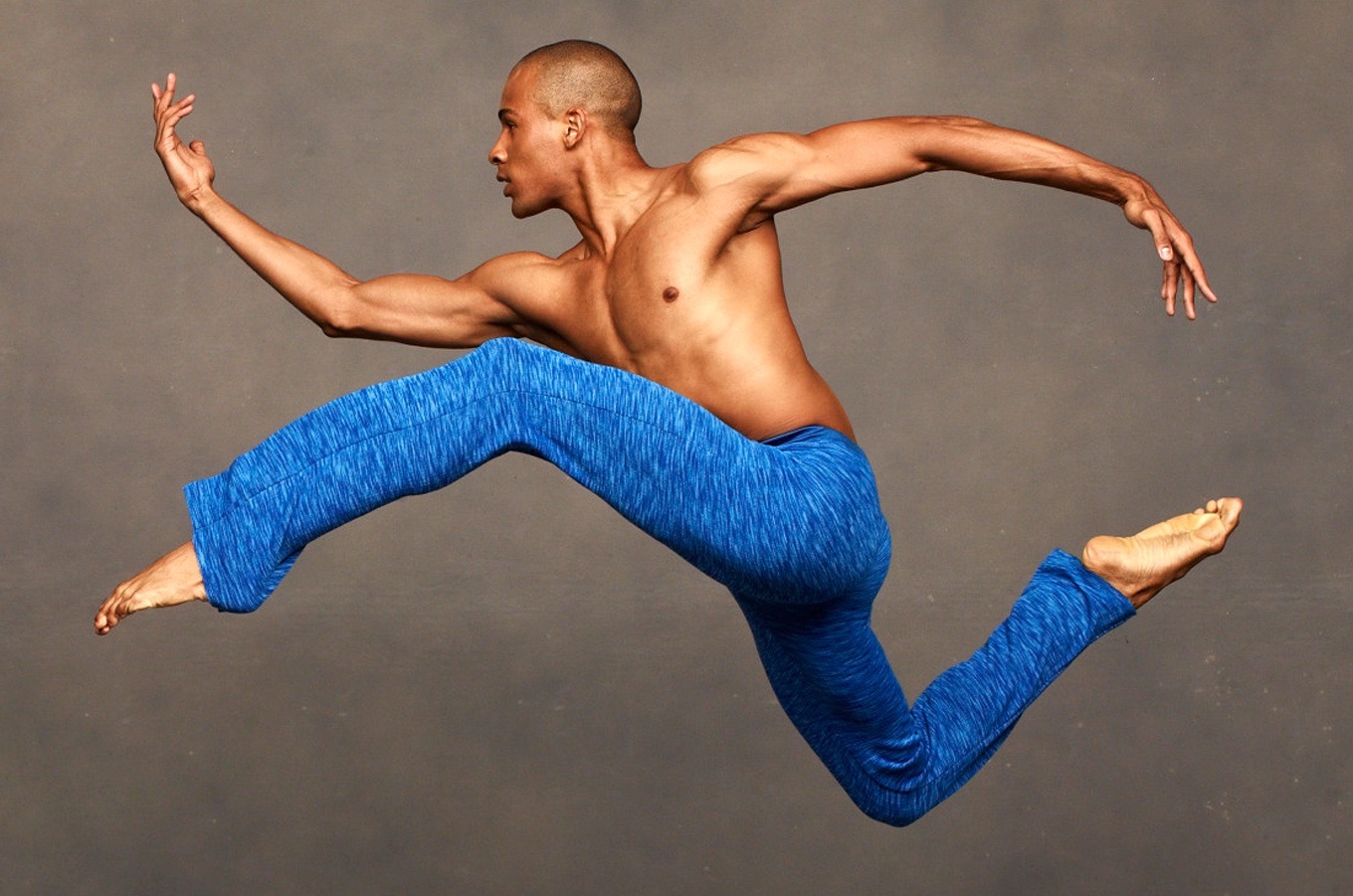Meet Jamar Roberts: Ailey’s First Resident Choreographer
Posted November 1, 2019

Jamar Roberts first saw the Ailey company perform in Miami, FL when he was a kid. He says, “I obsessed about it for a couple months,” but then he forgot about it until it was time to graduate from college. His professor got him an audition for Ailey II. He made it into the company and eventually moved on to become a member of Alvin Ailey American Dance Theater in 2002. Along the way, Roberts was always creating dances, but kept it to himself. He says, “I never choreographed on my friends or anything like that…but really lived a closeted creative life for a very long time, and eventually things started to seep out.”
Roberts created Gemeos for Ailey II in 2016, and followed up the next season with his first work for the main Ailey company, Members Don’t Get Weary. It was instantly hailed by audiences and critics alike, including The New York Times’ chief dance critic Gia Kourlas who declared it was “as emotional as it was virtuosic.” In 2019, Roberts became Ailey’s first Resident Choreographer and debuts his second Ailey commission, entitled Ode.
You can see Ode at New York City Center on Dec 10, 14 eve, 29 mat, Jan 1, 2, and 4 eve.
Q&A with Jamar Roberts about Ode
You’ve said your second work for the Company is a poetic tribute to the victims of gun violence in America. Why this work? Why now?
This work stems from a very personal place; it was something that I wanted to express long before now. I’m an artist, I’m a choreographer – I’m not a politician, I’m not an activist. I just have lots of feelings and lots of empathy that I just put into the work, and that’s how I speak.
Can you describe the costumes you’ve designed for Ode?
The costumes are quite simple. I just wanted to make something that’s reminiscent of old modern dance. The fabric is dyed with five different colors, to create the look of an aged flower, and the bottom is brown, which is supposed to represent the earth.
Tell us about the set designed by Libby Stadstad.
Flowers will be constructed using a material called opera netting which allows them to look as if they’re floating in space. The setting is neither on earth or in the afterlife; it’s in some place that’s earthly enough to embody a flower, but non-earthly enough so that they can float.
Why did you choose to set Ode to pianist Don Pullen’s “Suite (Sweet) Malcolm (Part 1 Memories and Gunshots)”?
The music has this really interesting structure. Normally songs start and have an arc, so it goes up to a climactic moment and then comes back down. This structure is more of a U-shape. So it starts really beautifully, dips down into a space of complete mayhem, and then it comes out of it in a very beautiful way.
